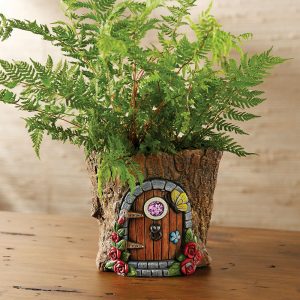Last Updated on September 21, 2022 by teamobn
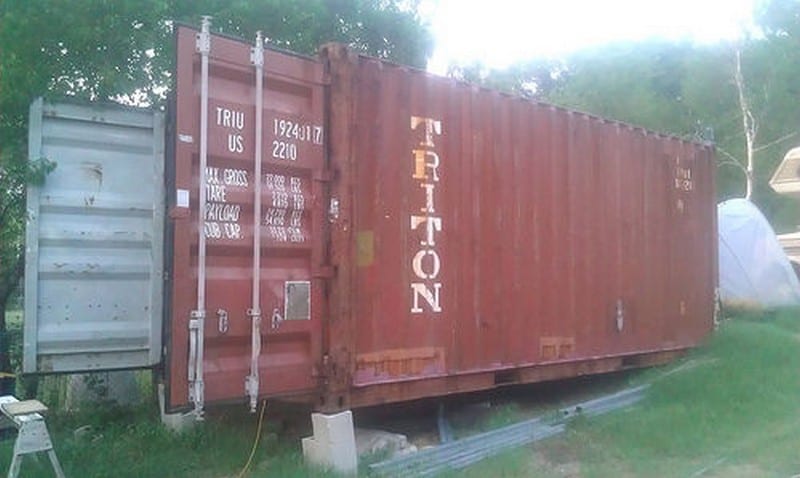
A shipping container can make a wonderful shed, office, hobby room, or even a home. They are a strong and cost-effective material to build structures with. But the question we are continually asked is ‘where do you get them’?
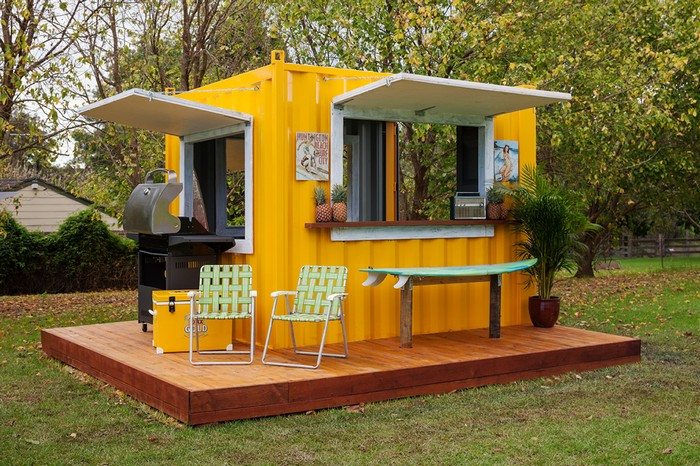
This article aims to provide you with general information about shipping containers, local building regulations you need to check, and where you could find and buy them.
Read on if you want to know how to get one (or two!), and help upcycle the tens of thousands of empty shipping containers abandoned in ports! 🙂
Click on any image to start the lightbox display. Use your Esc key to close the lightbox.

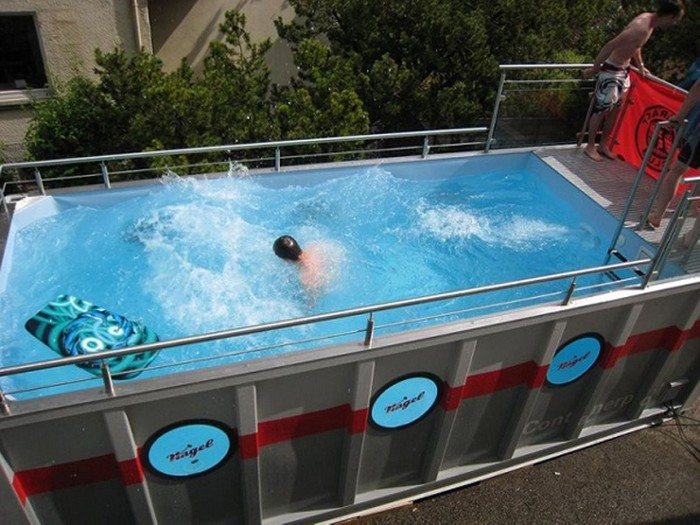

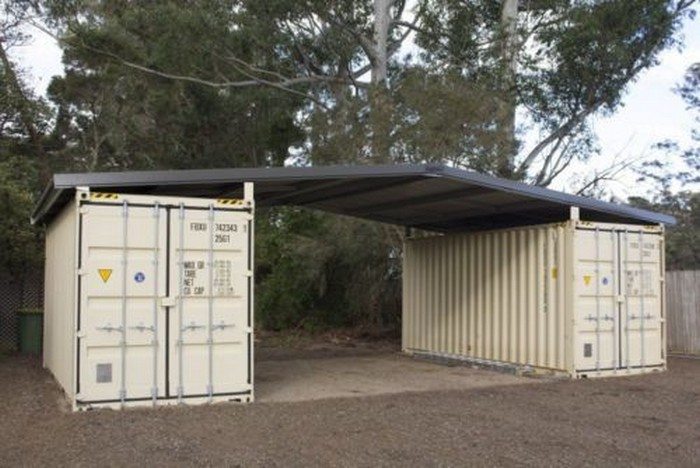
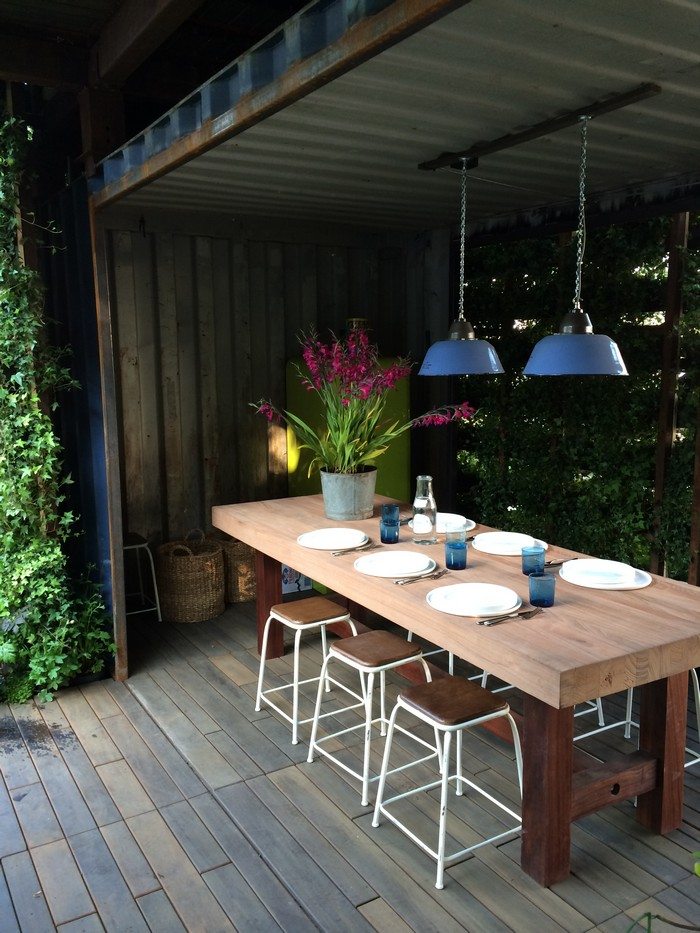
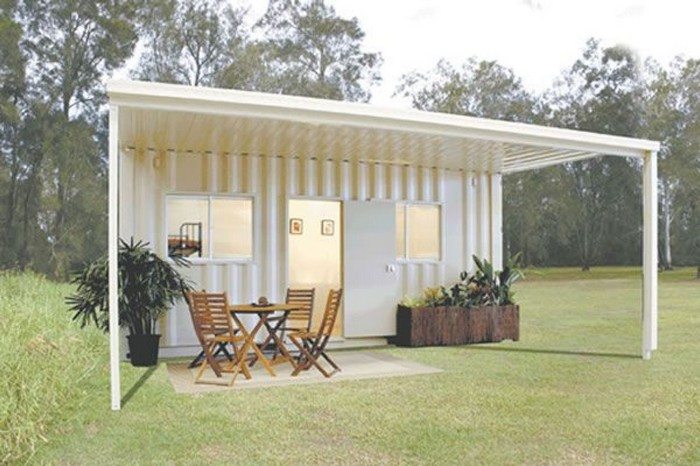
How To Get A Shipping Container

If you’re going to go through the trouble of placing a metal box that weighs several thousand pounds in your yard, you should start by making sure your local code enforcers aren’t going to promptly make you move it.
As of this writing, I live in Austin, Texas. Codes vary substantially from place to place, so you’ll have to verify for your own locale what the deal is.
Here’s how I found out I’d (probably) be enforcer-free:
- Google: Austin city building code
- Click on the first result, go to some Austin city webpage
- Click on ‘frequently asked questions’ then ‘inspections and permits’ then ‘permits’ then ‘do I need a permit?’
- sweet! under ‘work exempt from permits‘:
“Building One-story detached accessory structures provided the floor area does not exceed 200 square feet (18.58 m2). Please keep in mind that although you do not need a permit to build or install the structure you must still abide by any zoning rules and regulations in regards to height, setbacks and trade permits.
If you decide to install electricity or plumbing systems into the structure you will be required to obtain those trade permits. Please visit the ‘Zoning’ page to find out which regulations apply to your home in regards to structure height and/or yard setback areas.”
I want to make sure I’m ok on my planned rooftop deck, so on to the zoning page. yikes: forget it. I’ll just do it and take my chances. I think I’m supposed to be at least 5 feet from my neighbour’s fences or something…
If you can’t avoid zoning issues through an exemption, you’re in for a process. Check out what others have done for inspiration/examples. The good folks of The Shipyard, a collection of workspaces consisting largely of shipping containers in Berkeley, California, have been so kind as to publish their use permit details.

There are several different shipping container sizes and styles to choose from.
Wikipedia has more detail, but I’d boil it down to 2 choices of common sizes:
- 20′ length: 8′ wide, usually 8.5′ tall. weighs ~5,000 lb.s
- 40′ length: also 8′ wide and usually 8.5′ tall. weighs ~8,000 lb.s
Other sizes, especially other heights, are available, but these are by far the most common and typically the cheapest per cubic foot.
Both sizes are available with a ‘refrigerated’ option. While this may be tempting to save yourself the trouble of insulating, later on, they cost thousands more and I decided it wasn’t worth it.

When you know what size of shipping container you’re working with, you can start to plan how / where you’re going to use it.
Continued…





